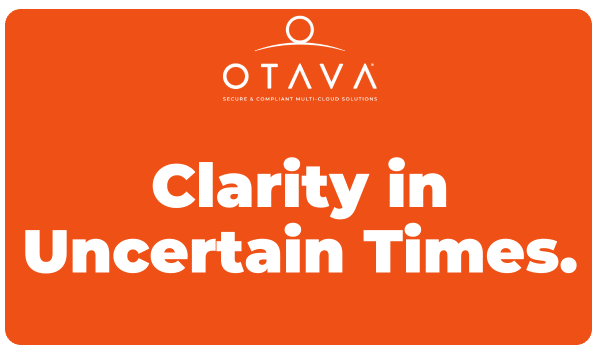04-11-24 | References
Broadcom FAQ
 OTAVA is here to provide Clarity in Uncertain Times.
OTAVA is here to provide Clarity in Uncertain Times.
We’re answering your questions on the Broadcom Advantage Partner Program, licensing changes, and pricing. Visit our Broadcom Hub for additional information.
What is the Broadcom Advantage Program?
The Broadcom Advantage Program is a revamped initiative by Broadcom, succeeding the VMware Cloud Service Provider (VCSP) Program. It narrows down the participation from 4,500 to 500 participants, distributing them into two categories: 100 participants in the Pinnacle Program and 400 in the Premier Program. This new ecosystem is designed for Managed Service Providers (MSPs) and Cloud Service Providers (CSPs) to sell licenses and offer managed services related to Broadcom VMware/cloud offerings.
What has changed in the transition from the VCSP to the Broadcom Advantage Program?
The primary change is the significant reduction in the number of participants, from 4500 VCSP participants to 500 in the Broadcom Advantage Program, divided into Pinnacle and Premier categories. This transition aims to streamline the ecosystem and focus on a smaller, more elite group of MSPs/CSPs.
How can companies that did not qualify for the new program continue to participate?
Companies not qualifying for the Broadcom Advantage Program can now purchase their licenses through Pinnacle and Premier partners. This opens a pathway for competitors and former participants of the VCSP who didn’t make the cut to still engage in the ecosystem by partnering with a Pinnacle or Premier partner.
What is the difference between the Pinnacle/Premier and Select/Registered categories?
Pinnacle and Premier partners are managed service providers that offer licenses and typically provide a managed service offering, including hosting on their platforms. Select and Registered are categories mainly focused on reselling VMware licenses without the managed services component.
What are the key offerings of OTAVA under the Broadcom Advantage Program?
OTAVA offers the ability to sell licenses, support CSPs outside the distributor program, and provide higher levels of service to enterprise customers. This includes selling perpetual and subscription-based licenses with added management capabilities like patching and monitoring.
What opportunities does OTAVA see with the introduction of the Broadcom Advantage Program?
OTAVA views the transition as an opportunity to engage with both MSPs and enterprise customers looking for new partnerships or needing to navigate the licensing renewal process. By offering competitive pricing and managed services, OTAVA aims to attract those affected by the transition, positioning itself as a capable partner in the evolving ecosystem.
How has the licensing structure changed with the Broadcom Advantage Program?
The licensing structure has shifted from offering piecemeal components to bundled subscriptions, requiring the purchase of an all-inclusive subscription. This marks a move from perpetual licenses to subscription-based licensing, encompassing core components like vSphere, vSAN, NSX networking, and more within the VMware Cloud Foundation.
What is the White Label Program, and who can participate?
The White Label Program is a new initiative announced for Pinnacle partners, allowing them to migrate enterprise customers’ VMware stacks to their data centers. It offers a strategy for data center evacuation by managed service providers. The White Label Plus Program extends these capabilities to Premier partners, focusing on renewing licenses on existing hardware.
How are pricing and billing structures changing under the new program?
The transition to the Broadcom Advantage Program introduces a shift from CPU/RAM-based billing to core count-based billing. This change affects both the method of calculating usage and the overall pricing strategy, which will now focus on a bundled license approach.
How does the transition affect customers with perpetual licenses?
Customers holding perpetual licenses are given a window to migrate to the new subscription-based model. This transition period is critical for enterprise customers to decide whether to renew their licenses directly or consider moving to a managed service provider, which can offer additional services on top of licensing.
What challenges are associated with the transition to the Broadcom Advantage Program?
One of the main challenges includes the tight timeline for transitioning billing structures and the operational readiness of the Broadcom portal, which may not be fully prepared to support the new licensing model immediately. This situation creates confusion and operational difficulties for participants trying to comply with the new requirements.
How are overages for additional core consumption calculated and billed?
Clients may have a need to spin up additional hosts for various reasons such as a DR situation (Test/Failover) or to perform host maintenance. This extra core consumption will be tracked by the usage collectors and billed per minute while the extra hardware is running with a live workload. For example, let’s say you have a 3-host cluster with 96 committed cores, and you need to spin up an additional host to perform maintenance. You will be charged for every minute that additional hosts are up and running and you have workloads spread out across 4 hosts but once you move one of the active hosts into maintenance mode and it no longer has running workloads on it that overage clock would stop.
Can I do a true up on my committed cores during my contract period?
Yes, you can increase your commit level of cores at any time to co-term with your current agreement. If this increase in commit pushes you into a new discount tier those discounts would also be added to the contract going forward.
Will any OTAVA employee access customer’s servers without contacting the customer or being monitored on the server?
OTAVA engineers will need to access to the usage meter on the server.
If an OTAVA employee does access customer’s servers, is it a push or a pull? The concern is open firewall ports from the internet into a customer’s production network.
You can lock down access to only the usage meter. However, like the current usage meter, you will need to allow traffic to and from it to Broadcom.

